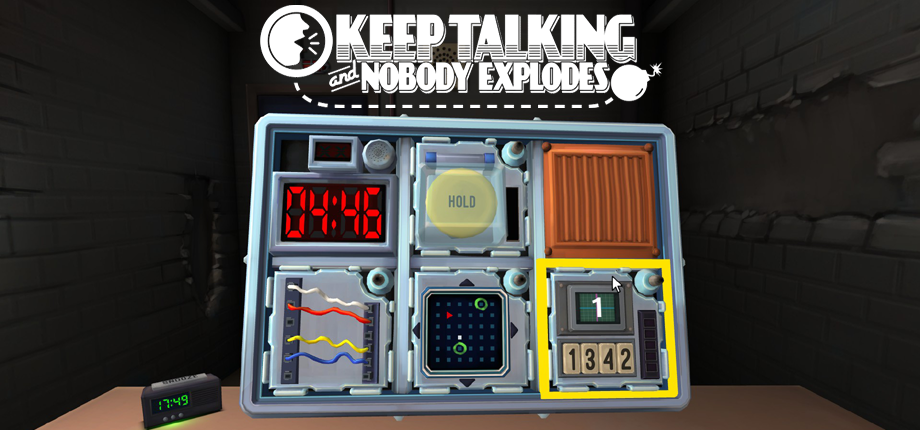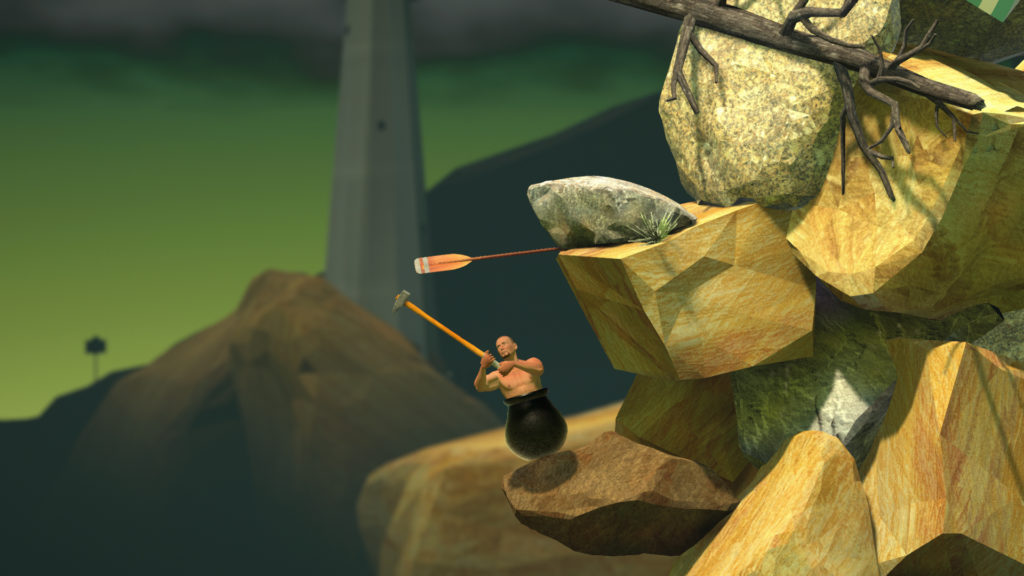Lewis Pulsipher who believes that one of the biggest flaws in game design is that so many people just use trial and error, or guessing, which he argues isn’t game design at all. Simply put, trial and error is what players do when they’re playing games, and while there isn’t anything inherently wrong with trial and error, it doesn’t make for efficient development in game design and it isn’t reliable. This stems from the fact that players don’t want to learn how to play a game on their own, they would rather be taught. In the grand scheme of things, it makes sense that so many people follow this logic because video games perpetuate it. The game will often tell the player how to play through the use of gradual introduction to controls and easy to beat tutorial levels. I can’t recall the last time I relied solely on the control manual or the game booklet to learn how to play a video game.
I think that’s what makes Keep Talking and Nobody Explodes such an interesting game. It combines the video game with the tabletop instruction manual. As Pulsipher mentions, players don’t like reading manuals to figure out how to play, they want to be taught. But this game forces the player to read the manual, because it is the only way to be successful in the game. It is a cooperative game that requires communication and teamwork. The player dismantling the bomb will never be successful without the player with the manual. Unlike in most games, the trial and error method will get you nowhere. You may be able to guess at some of the modules, such as the big buttons, but the more complex ones such as the maze or the numbered buttons requires specific instruction. Guessing wrong will give you failure, and you wouldn’t have learned much either because the bomb changes slightly every play through. What is also interesting about this game is that the player with the manual isn’t responsible for explaining rules or why certain actions need to be taken, the are simply a guide to the bomb diffuser. There is no comprehension really going on here when reading the manual, information is just being relayed. For a standard video game or tabletop, once the instructions are made clear, the manual is usually not touched again unless there needs the occasional clarification. It stays at the bottom of the box, forgotten and ignored for the most part. This game goes against that notion by forcing the player to consult the manual for every play through. Over time you may become faster, as you remember where each section is and where to look, but you will still need the manual. Pulispher would likely enjoy this game and design.
On the other hand, you have games like Getting Over It, which is nothing but trial and error. Sid Meier mentions in his keynote that players will often save in games right before a big battle so that they can keep trying and trying again and not lose progress. This game completely removes this possibility. The controls are so simple, yet difficult to control, that at any given moment your progress will be lost. The narrator says he will save your progress, but it becomes meaningless in the end, because at any given moment you can slip and fall right back to the beginning. All you have to do is get to the top of the mountain. A simple concept, but difficult to achieve. There is no bigger narrative surrounding the game, which is why I think this format works. In narrative games, if progress was so easy to lose, players would never see the story you’ve written because you keep depriving them of it, and they will likely become too frustrated to continue. With this game, we don’t particularly care why this shirtless man in sitting in a caldron, scaling a mountain with a just his arms and a pickaxe. We don’t really care what is at the top of the mountain either, we just want to be able to say we made it there. It makes it easy to start the game, and drop it, and pick it up again much later.
